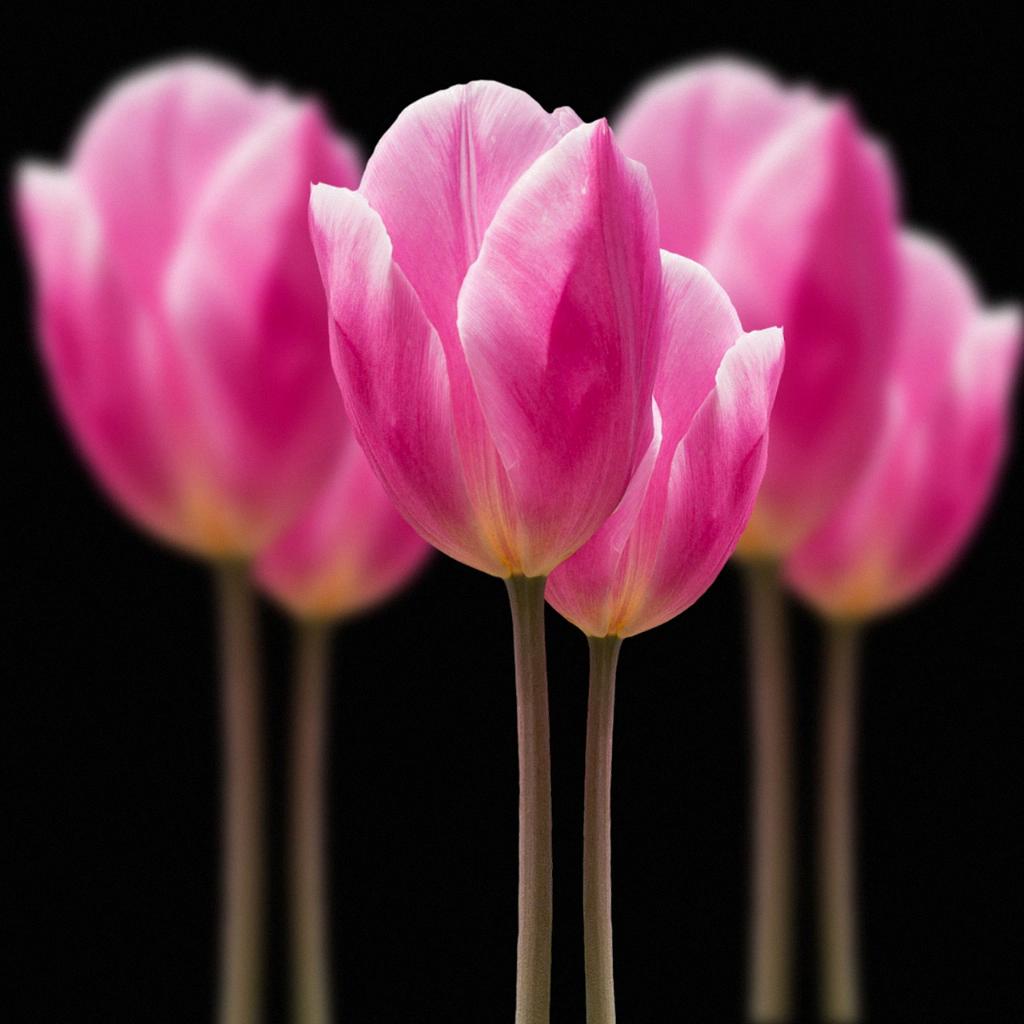Planting tulips can be an exciting and rewarding experience for any gardener looking to add a splash of color to their outdoor space. The timing of when to plant tulips is crucial in ensuring they bloom beautifully when spring arrives. Let’s delve into the details to help you achieve a vibrant tulip display in your garden.
Fall Planting
Planting tulip bulbs in the fall is essential for their successful growth. The optimal time to plant tulips is when the soil has cooled down from the summer months, typically around September in colder climates, October in milder regions, and as late as November or December in warmer zones. This timeframe allows the bulbs to establish roots before winter sets in.
Preparing the Soil
Before planting tulip bulbs, it’s crucial to prepare the soil adequately. Choose a well-drained area with loose, nutrient-rich soil. Till the soil to a depth of about 8 inches and remove any weeds or debris that may inhibit bulb growth. Adding compost or organic matter can further improve soil quality and provide essential nutrients for the bulbs.
Planting Depth
When planting tulip bulbs, the depth at which they are buried plays a significant role in their development. A general rule of thumb is to plant tulip bulbs at a depth equal to three times their diameter. This ensures they are properly insulated and protected during winter, promoting healthy growth and blooming in spring.
Spacing and Arrangement
Proper spacing and arrangement of tulip bulbs are key factors in achieving an aesthetically pleasing display. Space the bulbs at least 4 to 6 inches apart to allow for adequate air circulation and prevent overcrowding. Consider planting tulips in clusters or rows to create visual impact and maximize their blooming potential.
Sunlight Requirements
Tulips thrive in full sunlight, requiring a minimum of 6 hours of direct sunlight per day to develop into healthy plants. When selecting a planting location, ensure it receives ample sunlight throughout the day to support robust growth and vibrant blooms. Avoid planting tulips in shaded areas that may hinder their development.
Watering and Maintenance
Proper watering and maintenance are essential for the health and vitality of tulip bulbs. After planting, water the bulbs thoroughly to help them establish roots. Throughout the fall and winter, ensure the soil remains moist but not waterlogged to prevent rotting. Mulching can help regulate soil moisture and protect the bulbs from extreme temperatures.
Protecting from Pests and Diseases
Protecting tulip bulbs from pests and diseases is essential to ensure a successful growing season. Common pests that may target tulips include aphids, slugs, and rodents. Implementing pest control measures early on can prevent damage to the bulbs. Additionally, practicing good garden hygiene and proper soil drainage can help prevent diseases such as bulb rot.
Anticipating Spring Blooms
As winter transitions into spring, anticipate the arrival of vibrant tulip blooms in your garden. Monitor the soil moisture levels and provide occasional watering if needed to support healthy growth. Once the weather warms up, you’ll soon be greeted by a stunning display of colorful tulips brightening up your outdoor space.
Post-Blooming Care
After the tulips have finished blooming, it’s crucial to provide post-blooming care to ensure the bulbs thrive for the next season. Deadhead the spent blooms to redirect the plant’s energy into bulb development. Allow the foliage to wither naturally before cutting it back to ground level. This process helps the bulbs store energy for the following year.
Conclusion
Planting tulips in the fall sets the stage for a spectacular floral display in the spring. By following the recommended guidelines for planting depth, soil preparation, and maintenance, you can enjoy healthy tulip plants bursting with colorful blooms. With proper care and attention, your tulip garden can become a captivating focal point in your outdoor landscape.

